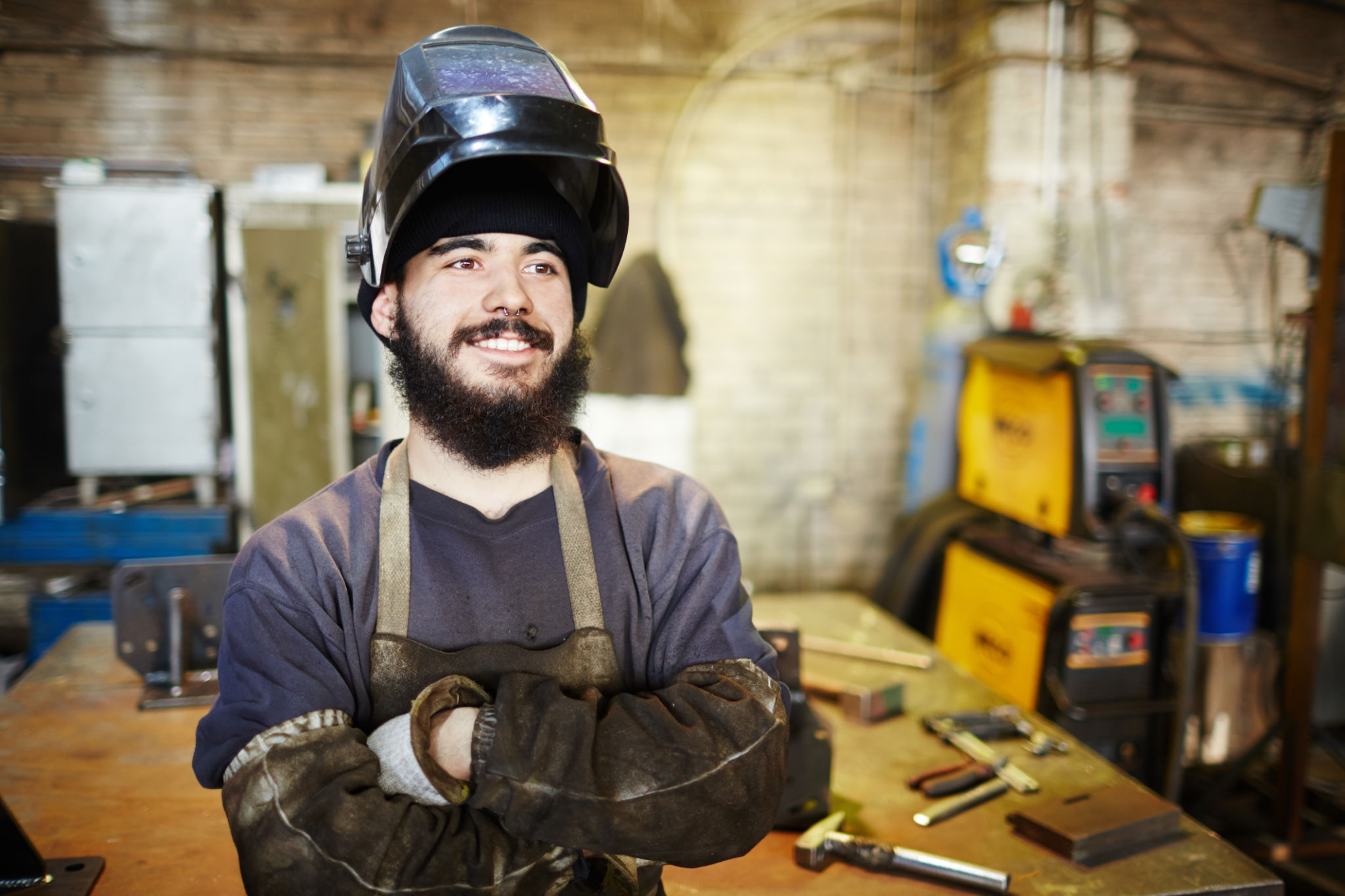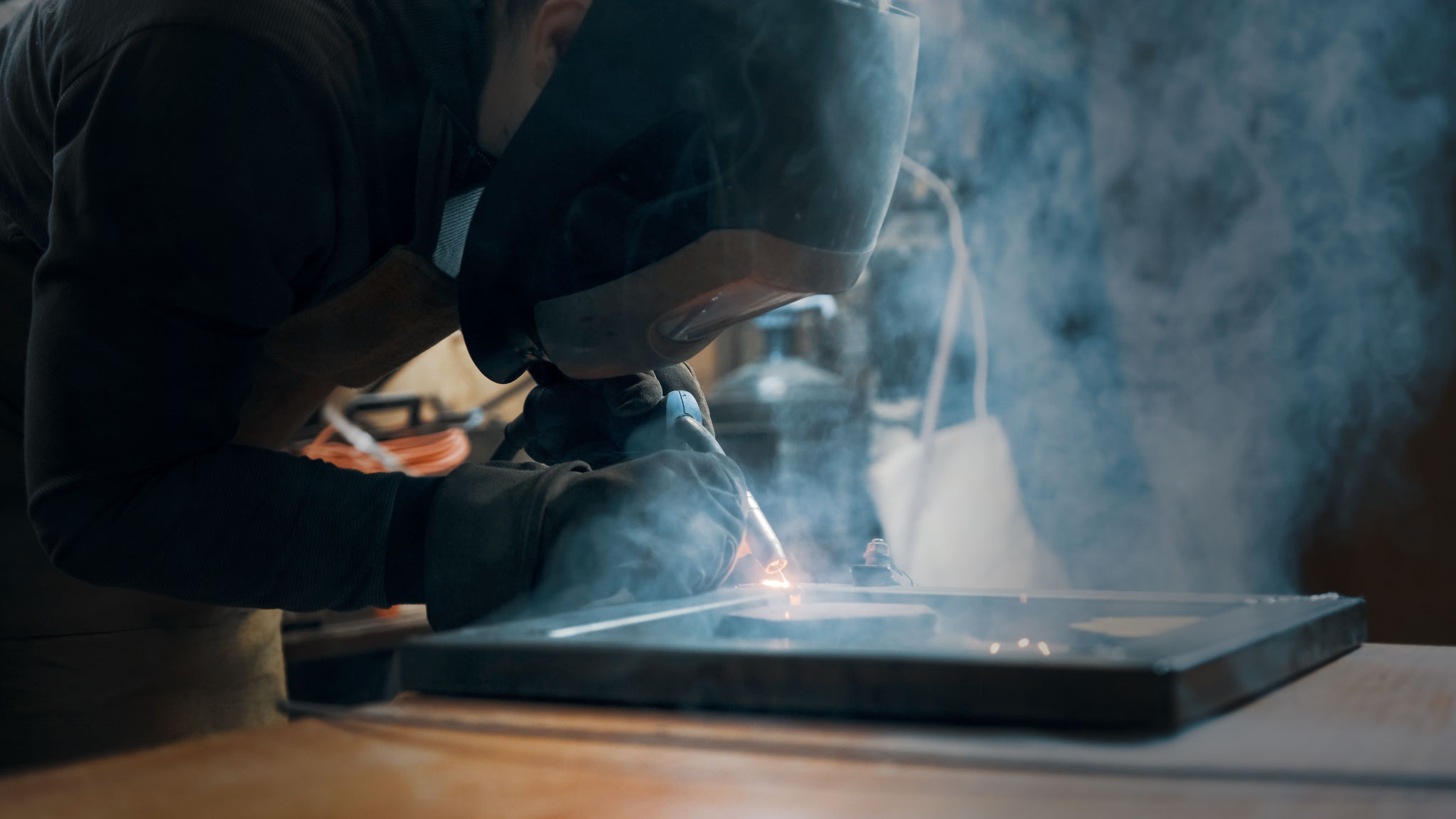Common Welding Misconceptions Debunked by Experts
Introduction to Welding Misconceptions
Welding is a fascinating and essential process in various industries, yet it is often surrounded by myths and misconceptions. These misunderstandings can lead to inefficient practices and even safety hazards. In this post, we'll debunk some of the most common welding misconceptions, relying on insights from industry experts.

Misconception 1: Welding Is Just Joining Metal
One of the biggest misconceptions is that welding is simply about joining two pieces of metal together. In reality, welding involves a complex process that requires a deep understanding of materials, heat management, and safety protocols.
Different types of metals require specific welding techniques. For instance, welding aluminum is vastly different from welding steel, as each material reacts differently to heat and pressure.
The Role of Welding Techniques
There are several welding techniques, including MIG, TIG, and arc welding. Each method has its own set of requirements and is suitable for particular applications. Choosing the wrong technique can result in weak joints and potential failures.

Misconception 2: Any Welder Can Handle All Jobs
Another common myth is that any welder can handle any welding job. This is far from the truth. Welding requires specialized skills and knowledge that vary depending on the project.
For example, welding in an automotive industry demands different expertise compared to welding in a construction environment. It's crucial for welders to have experience in their specific field to ensure quality and safety.
The Importance of Certification and Training
Professional welders often undergo rigorous training and certification processes. These programs ensure that they are knowledgeable about the latest technologies and safety standards, making them better equipped to handle specialized tasks.

Misconception 3: Welding is a Dangerous and Unhealthy Profession
While welding does involve certain risks, it is not inherently dangerous or unhealthy if proper safety measures are followed. Modern welding equipment and techniques have significantly improved safety standards.
Welders are trained to use protective gear, such as helmets, gloves, and ventilation systems, to minimize exposure to harmful fumes and UV radiation.
Safety Measures in Welding
Implementing safety measures, such as regular equipment maintenance and adherence to safety protocols, further reduces risks. Companies invest in safety training to ensure that welders are aware of potential hazards and how to mitigate them.

Conclusion: The Evolving World of Welding
Understanding the truth behind these common welding misconceptions can lead to better practices and improved safety in the industry. As technology evolves, so does the field of welding, continually enhancing the quality and efficiency of the work done.
By dispelling these myths, we can appreciate the skill and expertise required in welding, recognizing it as a critical component in various industries around the world.
